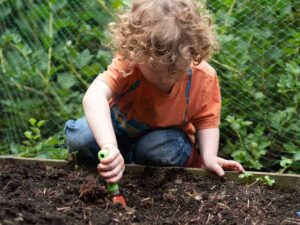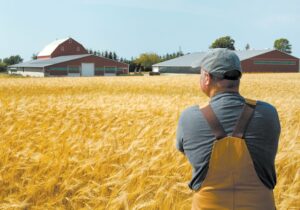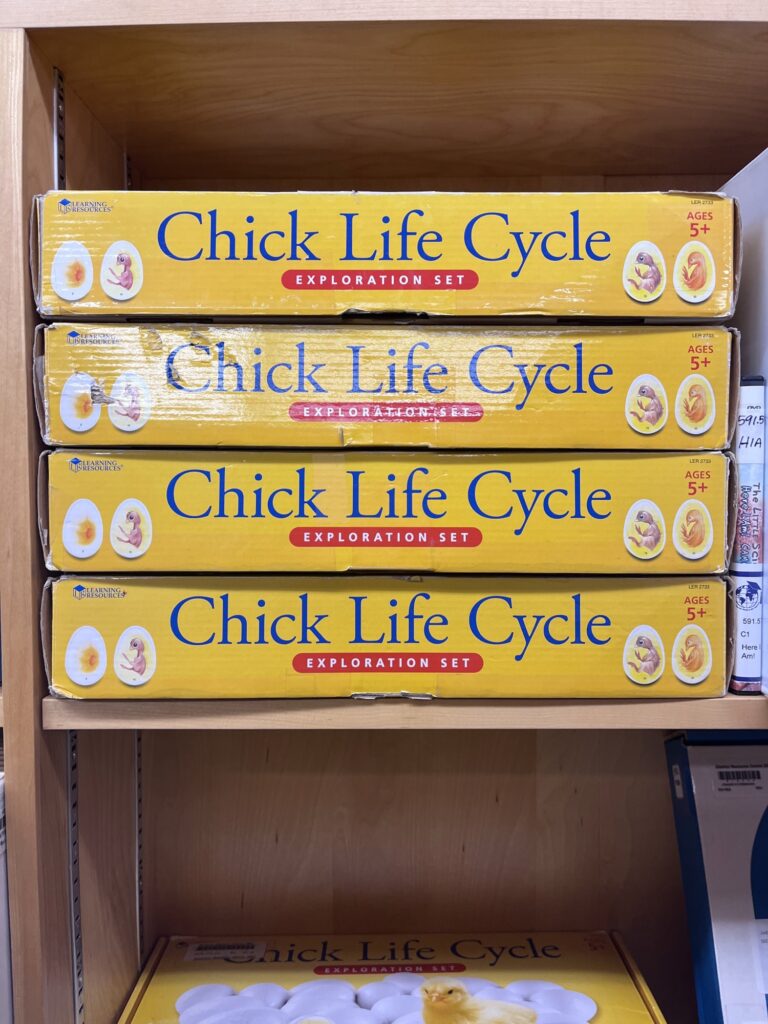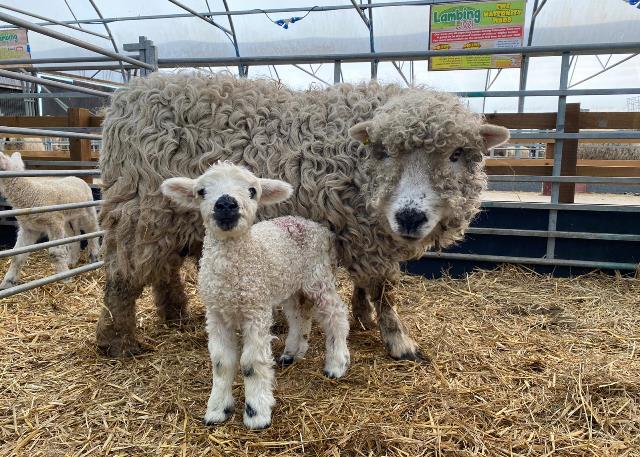Grade: 2
Course: Science
Curricular Content: Science: similarities and differences between offspring and parent.
Science: metamorphic and non-metamorphic life cycles of different organisms.
Career Education: jobs in the local community.
Time of Year: Spring
A farm is such an exciting place in the spring! Depending on the farm, you could be able to see chicks, calves, lambs, and other baby animals milling around the farmyard. This would be very exciting for the students but it could, also, be used to increase learning.

First, it allows students to see the differences between parents and their offspring. Some baby animals look very similar to their parents, while other’s change a great deal as they grow, but all offspring are unique from their parents. If I were to teach this concept, I would create a little chart for my students depicting what types of animals we are going to see at the farm. They can put a check mark on either “Looks lots like their parent” or “Does not look like their parent.” When we gather for lunch, we can discuss what we saw, what similarities and differences we noticed. This could include color and markings, the diet they ate, the size of their bodies, the skills they have (ie: run, jump, wobble, fly, etc), the sounds they make, the way they defend/protect themselves, to many other options. We could then briefly (and simply) discuss genetics. For example, if this chicken lays a giant double-yolk egg every day, will her baby definitely lay double-yolk eggs as well? (Answer: No, but the chances are higher than they would be for the other chickens in the coop who’s mother’s only layed single yolk eggs.) If that horse was a champion barrel racer, will her baby be a champion barrel racer as well? (Answer: No, again, it’s more likely that her foal will be more skilled for barrel racing but it is not certain.) This could lead into a discussion of just like animals are unique, so are people. Just because a students mother thought Math was really easy, doesn’t mean it has to be really easy for her child. Everyone is unique, but valued.

522/woman-collecting-eggs-on-a-farm

Second, it allows students to see a glimpse into where their food comes from. While I wouldn’t want to dive into, “Who had chicken in their lunch? Well, did you know that a short time ago that chicken you ate was up walking around like this chicken?!” While that is the truth, I wouldn’t want to upset the children. I would focus on where we get our milk and eggs. Where does the wheat come from that makes the flour for our bread, cakes, and cookies? Often, farmers are eager for students to search for eggs (especially if they free range chickens). I would love to have each student find an egg that we could bring back to the class where we could enjoy a simple breakfast together the following morning. I would, obviously, pay for the eggs so the farmer wouldn’t be out any money. Most farms, also, have beautiful gardens. I would enjoy taking my students over to a garden and having them share some of their personal gardening stories. Perhaps, the farmer would allow us to plant a row of seeds in their garden (ie: peas). Once we completed that activity, we could share a bag of sugar snap peas to better understand what the little seeds we just planted will grow up to be. If that doesn’t work out, we could plant our seeds in individual cups that we take home to watch grow.

benefit-for-farmers-remains-unclear/
Third it provides an opportunity for students to see a job in the local community. It seems to be getting less and less common for children to dream of being anything other than being a doctor, dentist, or firefighter. Admittedly, small-scale farming is getting less common and even less economical but, perhaps, children could dream of other jobs that are related to farming. If the child loves animals, maybe they could be a veterinarian or a wildlife officer. Perhaps they could start their own little business today, such as dog-walking or grooming. If they love plants, gardening, and crops, there are many career choices available along those avenues as well. Being exposed to a farm can open up many new career choices for a child. Of course, students won’t know of these careers on their own, it will take some assistance from adults – teachers like us! This would all tie in with the curriculum under “Career Education.”
If I were to plan a farm field trip this spring, I would contact the Dilts Ranch in Newgate or Norburry Creek Farms in Fort Steele. I have been to both of these places before and both would provide a rich learning experience for children. Hopefully, they would agree to a visit from a lovely bunch of 8 year olds.

UPDATE NOVEMBER 24, 2022: Earlier this week, I had the pleasure of touring the SD5 District Resource Centre and stumbled across this nifty find. How amazing would it be to have a little piece of the farm in your classroom! I think I even saw an egg incubator in there! I just wonder how thorough the instructions are. Haha. I don’t want to “murder” a bunch of chicks unintentionally one day; that might be a bit upsetting.
If you plan on taking your students on a field trip to a farm, there are SO many opportunities to include cross curricular learning. I hesitate to add any particular lessons here as there is such an overwhelming abundance available on the web. I saved just some of the cross-curricular learning opportunities on my Pinterest board here:

mrsolson October 28, 2022
I love that you created a Pinterest board to go with your field trips! What a great resource you will have when you begin teaching. When I was an EA, we were supposed to take a farm field trips with the kindergartens and see all the animals. I was so pumped for this experience but then COVID hit and we didn’t get to go. I hope one day to get to go on a farm field trip. Bringing the farm into the classroom by hatching chicks is a cool thing to do to. I loved this and all the activities that went with it.
Thanks for the great post!